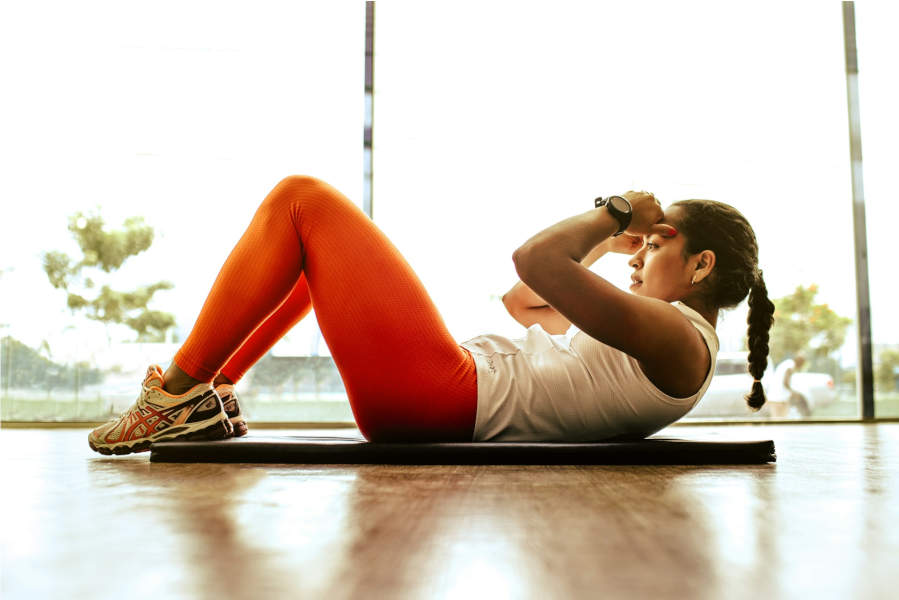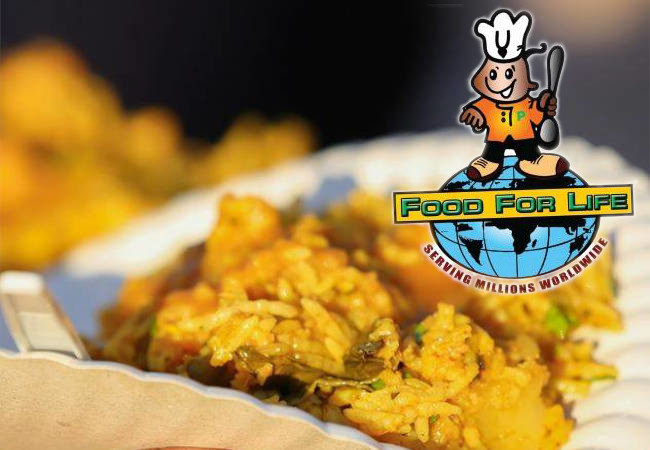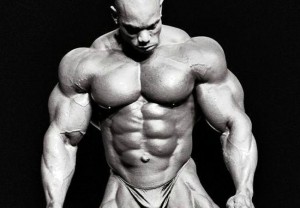Cholesterol is an integral part of our bodies, but it’s important to differentiate between the “good” and “bad.” Understanding the difference between high-density lipoprotein (HDL) and low-density lipoprotein (LDL)—often labeled as good and bad cholesterol, respectively—helps you make better choices for your health.
Explore the health impacts of good and bad cholesterol to learn actionable tips for managing cholesterol effectively to keep your heart and body in optimal shape.
What Is Cholesterol?
Cholesterol is a waxy, fat-like substance found in all the cells of your body. It’s essential for making hormones, vitamin D, and substances that help digest food.
However, some might be referring to two different types of cholesterol when they talk about it. Good cholesterol (HDL) removes excess cholesterol from your bloodstream, while bad cholesterol (LDL) builds up in your arteries, increasing your risk of heart disease.
HDL and LDL are necessary in the body, but require balance to maintain good health. Cholesterol keeps your cell membranes functioning and is vital for producing estrogen, testosterone, and other key hormones.
Factors Influencing Cholesterol Levels
Several factors come into play when it comes to your cholesterol levels. Diet is pivotal—foods high in saturated fats, trans fats, and cholesterol increase LDL levels, while omega-3s and other healthy fats improve HDL.
Your lifestyle also matters—tobacco and alcohol consumption and physical activity levels all have direct effects on cholesterol. Tobacco and alcohol cause an increase in LDL while regular physical exercise increases HDL. Genetics is another key factor, as your body partially inherits its ability to regulate cholesterol. Therefore, your genes may predispose you to higher LDL levels even if you follow a healthy lifestyle.
Typically, people are referring to lowering bad cholesterol and increasing good cholesterol when they talk about managing cholesterol, using supplements, and frequent physical activity. Understanding the impact cholesterol has on the body is the first step to ensure you lead a healthier lifestyle without worrying about it.
Differentiating Between Good and Bad Cholesterol
HDL is known as “good cholesterol” because it helps clear LDL and other harmful substances from your blood. HDLs are in nuts, seeds, olive oil, and similar healthy foods. LDL, on the other hand, is “bad cholesterol” because it leads to plaque buildup in your arteries.
Consuming processed foods, fried items, and excessive amounts of red meat and full-fat dairy can increase LDL in the body. Knowing the difference and adjusting your diet makes cholesterol easier to manage.
Strategies To Improve Cholesterol Levels
Improving your cholesterol involves a combination of dietary and lifestyle changes. Start with your diet—focus on eating more fiber-rich fruits, vegetables, whole grains, and unsaturated fats, like those found in avocados and nuts.
Try different recipes and put healthy ingredients into your cooking repertoire. For instance, avocado oil has many benefits, such as reducing LDL and strengthening the heart. Save sugary foods, fried items, and processed snacks for special occasions to avoid eating them frequently.
Understanding how good and bad cholesterol impact your health is an important step toward well-being. Focus on building healthy habits and monitoring your cholesterol levels to keep your health at its peak. Start with small, impactful changes to your diet and lifestyle, and don’t hesitate to consult a health-care professional.






















